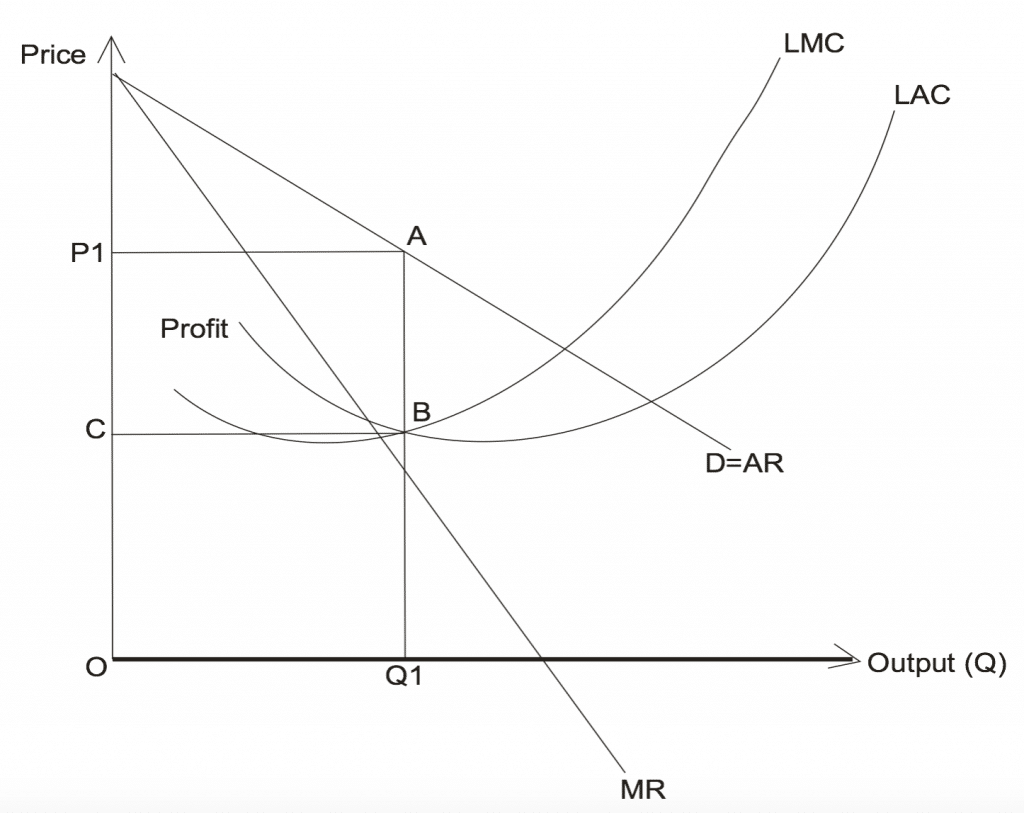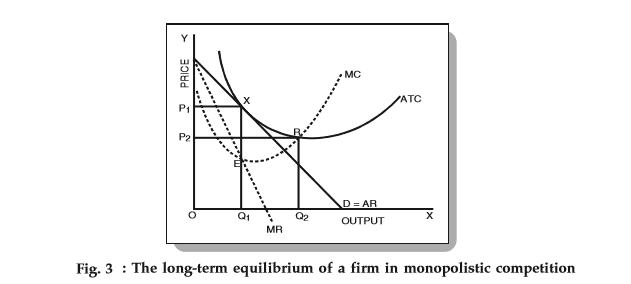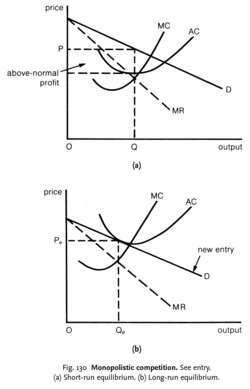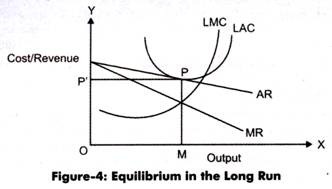Monopolistic competition is a type of market structure in which there are many firms selling products that are similar, but not identical. In this type of market, firms have some degree of market power, meaning that they can influence the price of their product to some extent. However, unlike a pure monopoly, in which there is only one firm selling a unique product, firms in monopolistic competition face competition from other firms offering similar products.
One of the key characteristics of monopolistic competition is that firms can differentiate their products from those of their competitors. This may be through branding, packaging, or other forms of product differentiation. This means that firms in monopolistic competition may be able to charge a higher price for their product than they would in a perfectly competitive market.
Pricing under monopolistic competition can be quite complex, as firms must consider a number of factors in setting their prices. One of the main considerations is the level of demand for the firm's product. If demand is high, the firm may be able to charge a higher price, as consumers are willing to pay more for the product. On the other hand, if demand is low, the firm may need to lower its price in order to attract customers.
Another important factor in pricing under monopolistic competition is the cost of production. If a firm's costs are high, it may need to charge a higher price in order to cover these costs and make a profit. However, if a firm's costs are low, it may be able to charge a lower price and still make a profit.
In addition to these factors, firms in monopolistic competition must also consider the prices and marketing strategies of their competitors. If a rival firm is charging a lower price for a similar product, the firm may need to lower its price in order to remain competitive. Alternatively, if a rival firm is charging a higher price, the firm may be able to charge a similar or slightly lower price and still attract customers.
In summary, pricing under monopolistic competition is influenced by a number of factors, including demand, production costs, and the actions of competitors. Firms must carefully consider these factors in order to set prices that will allow them to remain competitive and generate profits.







